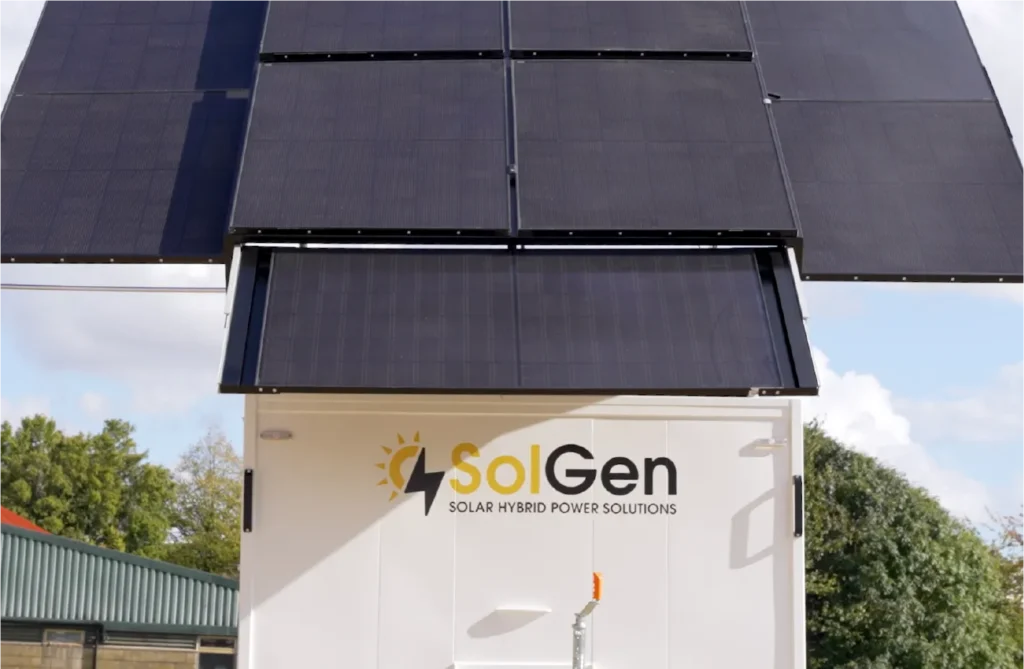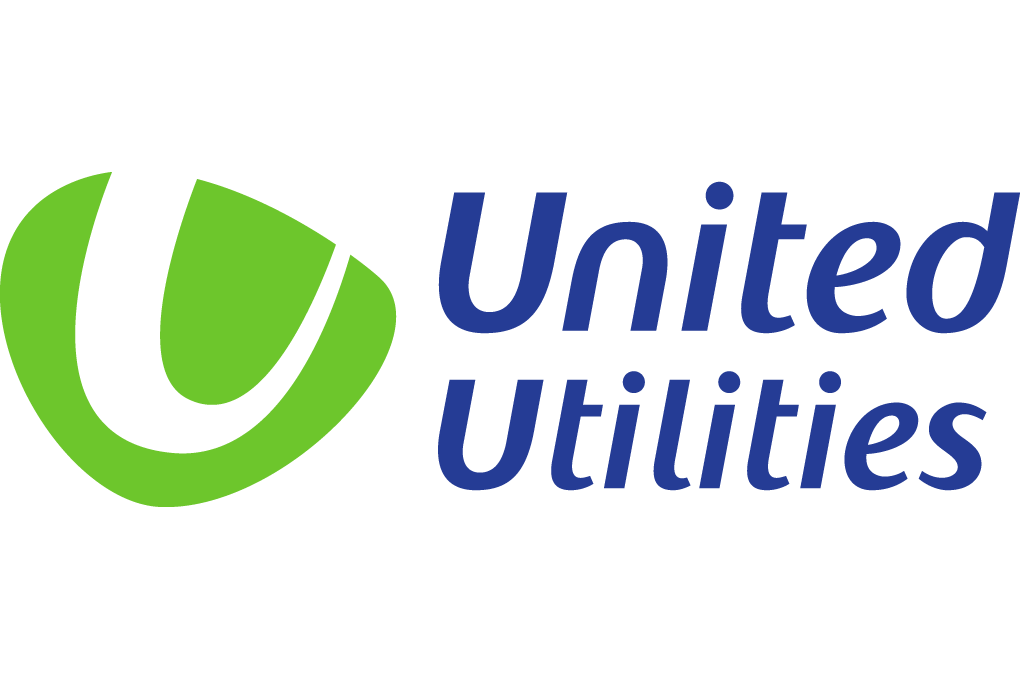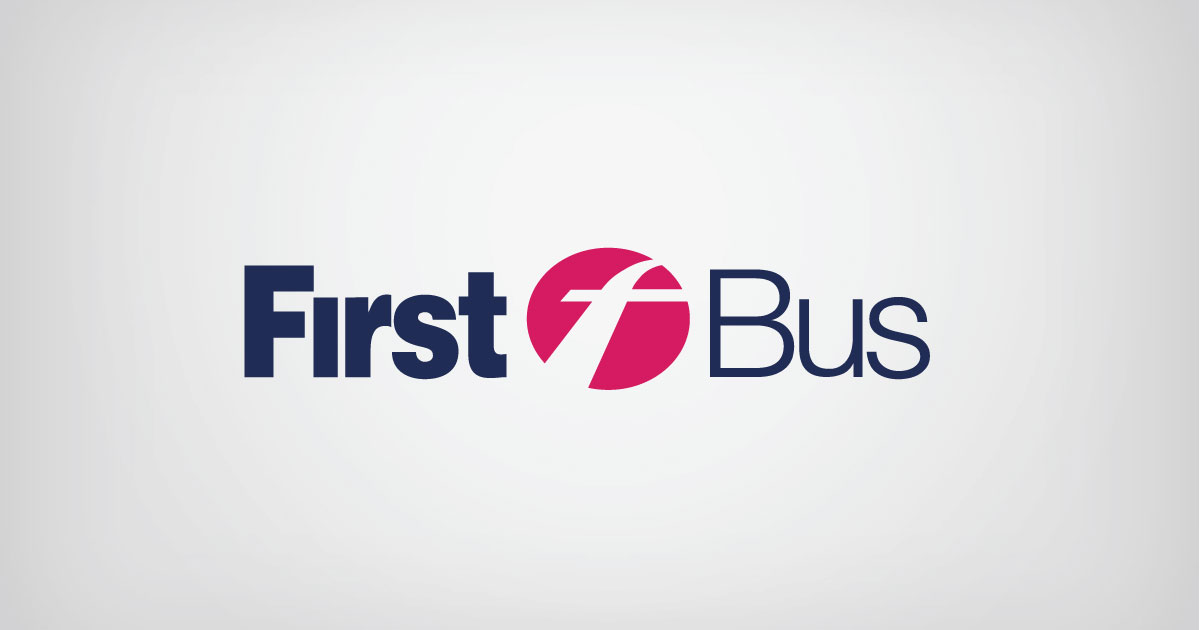Quick Summary: Solar + battery power stations are now viable for UK building sites – from small portable units that charge tools and run mixers, to hybrid solar+battery systems that power cabins and lighting. Follow our sizing steps, use 110V CTE with a transformer where required, and consider pro-grade hire options for bigger loads.
1) Why switch now?
- Cost & noise: Battery-first systems slash idling and fuel use versus diesel generators, cutting running costs and noise on site. Case studies report double-digit fuel and CO₂ reductions with hybrid setups.
- Clients & compliance: Main contractors increasingly expect low-emission plant and quieter sites, and many projects are moving to electric tools as standard.
- Practicality: Modern portable power stations deliver 2–4 kWh+ with 2–4 kW inverters—enough for most corded tools, chargers and small plant, with fast AC and solar recharge.
2) What is a “solar power station” for builders?
It’s a battery energy storage unit (BESS) with an inverter, often paired with plug-in solar panels, that provides 230V AC and DC outputs. At larger scale, sites use hybrid solar+battery systems (and a small backup genset if needed) to power cabins and lighting for long periods emission-free. Sources
3) UK site safety: 110V tools & transformers
On construction sites, the Health and Safety Executive (HSE) advises using cordless tools or 110V centre-tapped-to-earth (CTE) supplies so maximum voltage to earth doesn’t exceed 55V. If your power station outputs 230V, feed a site transformer (230→110V CTE) for corded site tools. BS 7671 Section 704 recognises reduced low voltage (RLV) systems for construction sites.
4) What can you power? (typical examples)
- Tool chargers & cordless kits: Low, intermittent load—ideal for battery stations.
- SDS drills, saws, grinders (corded): 700–1,800W typical. Check surge rating of your inverter; use 110V via transformer where needed.
- Cement mixers: ~370–1000W (model-dependent). Continuous load—choose an inverter with headroom and enough battery capacity for duty cycle.
- Lighting & small appliances: Very efficient on modern LED and DC outputs.
5) Sizing made simple (5-minute method)
- List loads: Note watts (W) for each tool/appliance and estimate daily run-time (hours).
- Daily energy: W × hours = Wh. Add all items → total Wh/day.
- Battery size: Aim for 1.5× your daily Wh so you’re not cycling to empty (e.g., 2,500 Wh/day → ~3.8 kWh battery).
- Inverter rating: Peak power must comfortably cover your highest surge load (many tools spike on start-up).
- Solar input: As a rule of thumb, 400–800W of panels adds meaningful daytime recharge; winter yields are lower, so size with margin.
6) Good/better/best: solutions by site size
A) Solo builders & small gangs (buy)
- Portable power stations (2–4 kWh; 2–4 kW inverter) with foldable solar. Fast AC recharge, plug-and-play, and easy to move around site. For 110V corded tools, add a site transformer.
B) Multi-trade refurb & small extensions (buy or hire)
- Expandable systems (4–12+ kWh) or cart-based 3 kW+ stations with extra batteries and 600–1200W solar. Supports small mixers, chargers, LED lighting, and occasional heavier tools.
C) Larger sites & compounds (hire)
- Hybrid solar + battery systems sized for cabins, lighting towers and EV/tool charging; diesel/HVO backup only kicks in at high load or low state-of-charge. Also consider standalone BESS units that smooth generator load or run islanded for long periods.
7) Hire vs buy
- Buy for long-term, daily use (tool charging, small plant). You own the asset and can expand batteries later.
- Hire for bigger, time-boxed projects (cabins, tower lights). Hybrid units arrive sized, serviced and monitored by the hire provider.
8) Setup checklist (UK-specific)
- Use 110V CTE for corded site tools via a suitable transformer; otherwise go cordless where possible. Follow HSE and BS 7671 Section 704.
- Weather-proof all connections; use IP-rated distribution and cable protection.
- Secure and ventilate battery units; follow manufacturer guidance.
- Plan charging windows (lunchtime/overnight) and add solar to stretch autonomy.
9) How euroloo helps on electrified sites
As builders move away from petrol/diesel, you still need dependable welfare. euroloo can support electrified sites with:
- In-house delivery and servicing, planned to match quieter, low-emission sites
- Modern, low-emission welfare options sized for tool charging breaks and rest areas
- Advice on integrating welfare layout with charging points and safe cable runs
Ask about coordinating drop-offs/servicing with your site’s power plan.
FAQs
Do I still need 110V if I use a power station? HSE advises cordless or 110V CTE on construction sites. If your station outputs 230V, feed a 230→110V CTE transformer for corded site tools.
Can a portable station run a cement mixer? Often yes—check your mixer wattage and the inverter’s continuous + surge ratings, and size the battery for run-time.
What if winter solar is poor? Use AC charging (off-peak if available) and size your battery with margin; hybrid hire systems add backup generation only when needed.
Related reading: CSCS Card Advice (UK, 2025) | CIS Tax Advice (UK, 2025)
Key sources cited
- HSE: Use cordless tools or 110V CTE on construction sites
- IET Wiring Matters: Reduced Low Voltage & BS 7671 Section 704
- EcoFlow DELTA Pro: 3.6 kWh / 3.6–7.2 kW portable power station
- Atlas Copco ZenergiZe: Battery Energy Storage Systems for construction
- Prolectric ProPower: Solar-hybrid generators & cabin power case studies
- Think Hire “Solartainer”: Hybrid solar generator for hire























